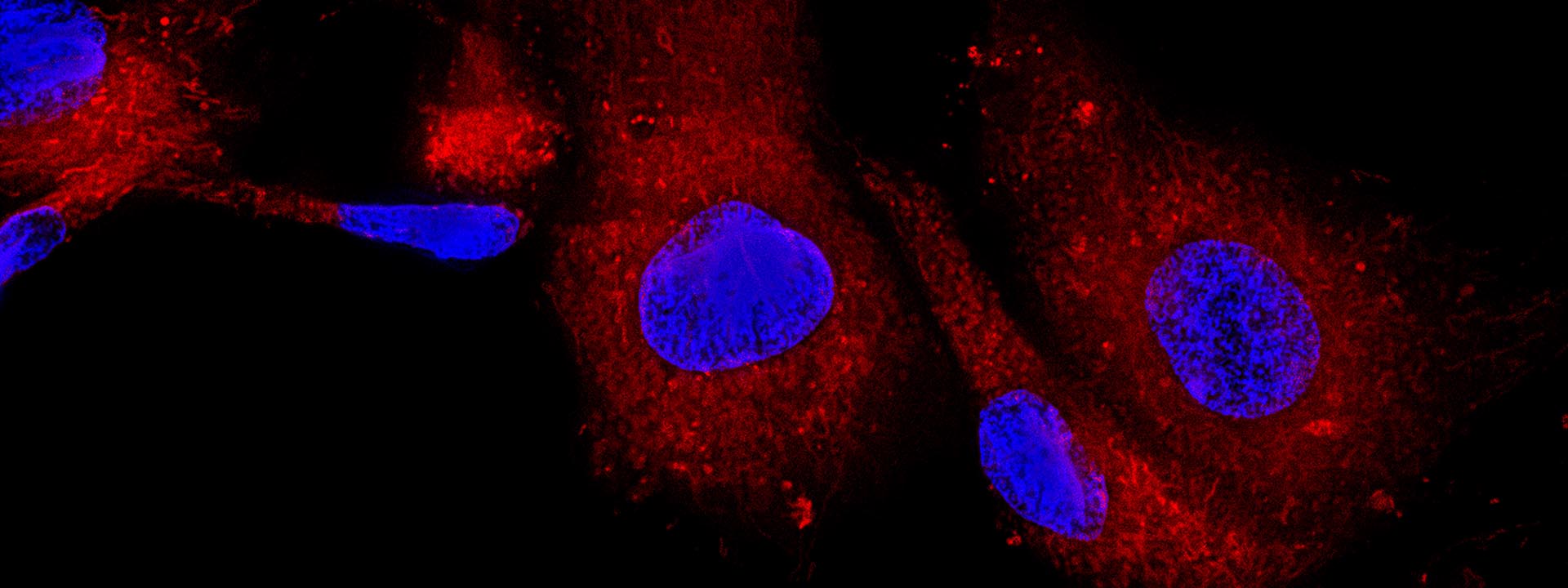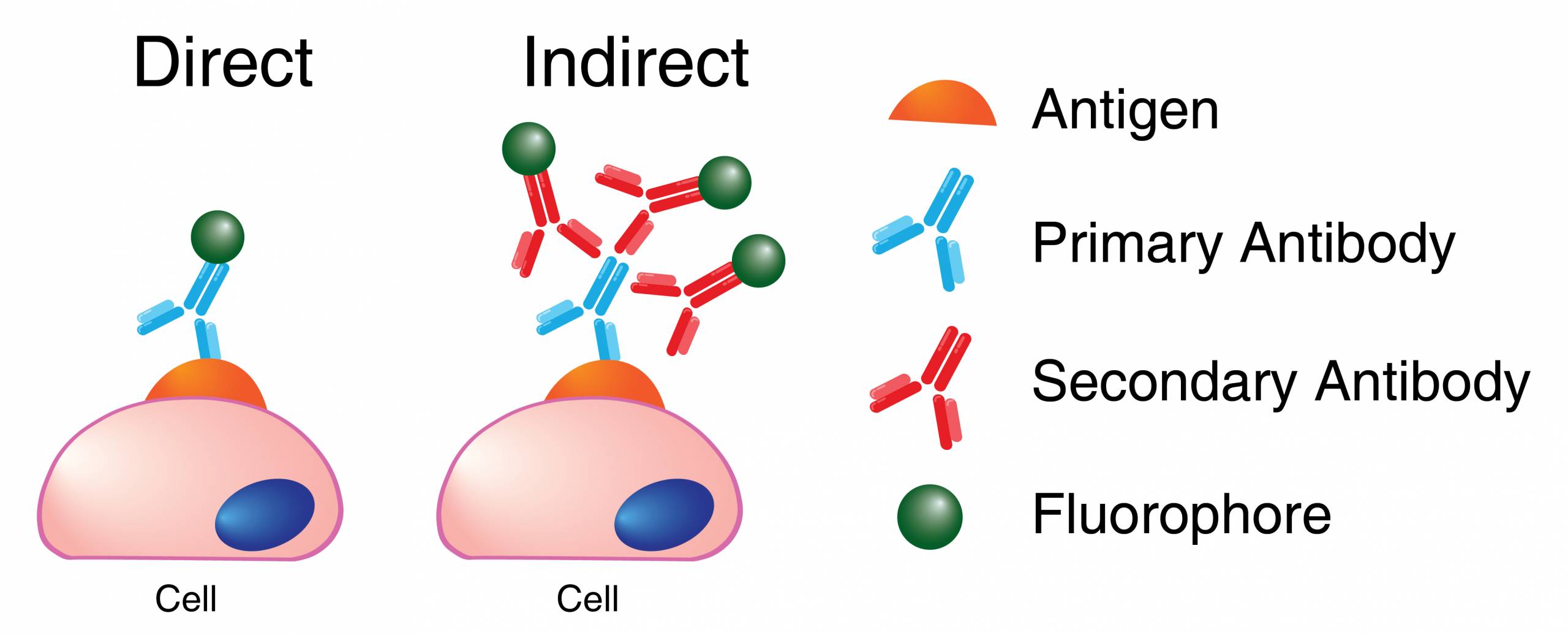
Introduction to Secondary Antibodies
Secondary antibodies bind to the unconjugated primary antibody to detect the antigen that the primary antibody is bound to. These antibodies are usually purified using an antigen affinity purification system where the antigen attached to the chromatography matrix is an immunoglobulin of the same Ig class as the primary antibody. Sometimes a secondary antibody, which is actually polyclonal in nature, must be absorbed by additional chromatography techniques to remove potential cross reactivity to other antibodies or serum proteins from other animal species. This can be an advantage to using the indirect secondary antibody system to detect primary antibodies because a signal amplification occurs when multiple secondary antibodies bind to a single primary antibody.
5 Main Advantages
- Sensitivity – Increased sensitivity due to signal amplification from multiple secondary antibodies binding to the single primary antibody.
- Versatile – Can be used to detect many different unconjugated primary antibodies without having to conjugate each primary antibody to a separate reporter molecule.
- Flexibility – Secondary antibodies with the specific specificity for the primary antibodies of common species are widely available pre-conjugated to many common reporter molecule (fluorescent and enzyme conjugates) options.
- Dynamic – In some cases these antibodies can be used across applications to validate target antigen detection such as fluorescent western blot and immunofluorescence.
- Multiplexing – May offer the ability to perform multi-labeling experiments for immunocytochemistry and immunohistochemistry and is therefore extremely useful in examining the behavior and interactions between cellular proteins.
Secondary Antibody Products
Leinco specializes in your second-step reagents. Search a specific clone among thousands of mouse, goat, rat, and other species.
- Whole IgG Purified Antibodies
- F(ab’)2 Fragment Antibodies
- Monoclonal Immunoglobulins
Streptavidin
Leinco offers a wide variety of Streptavidin and UltrAvidin™ conjugates to be used in numerous applications.


